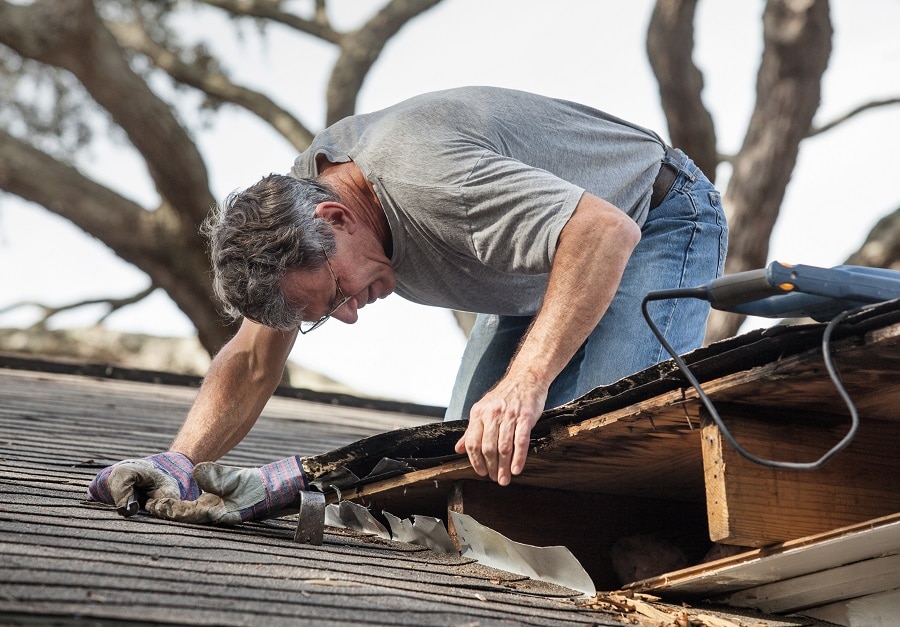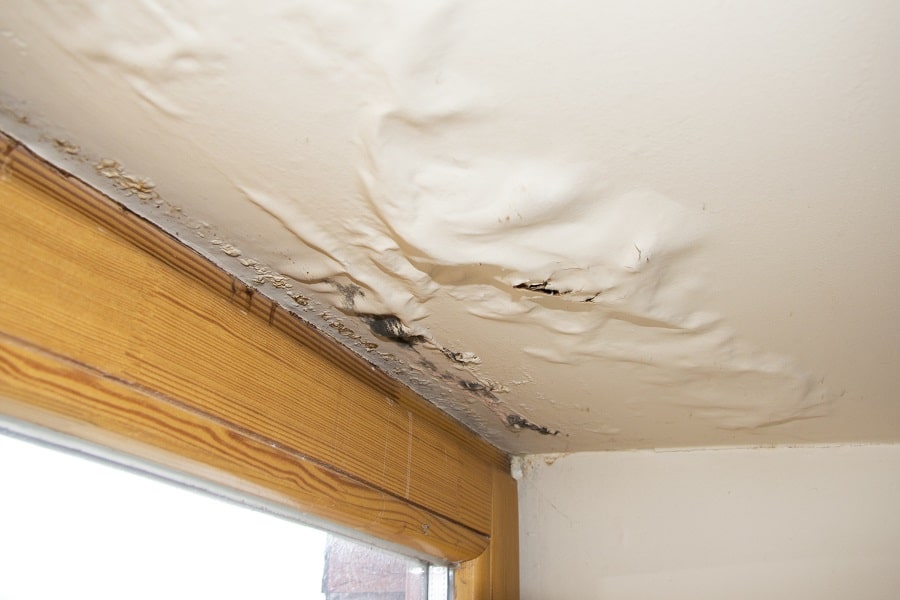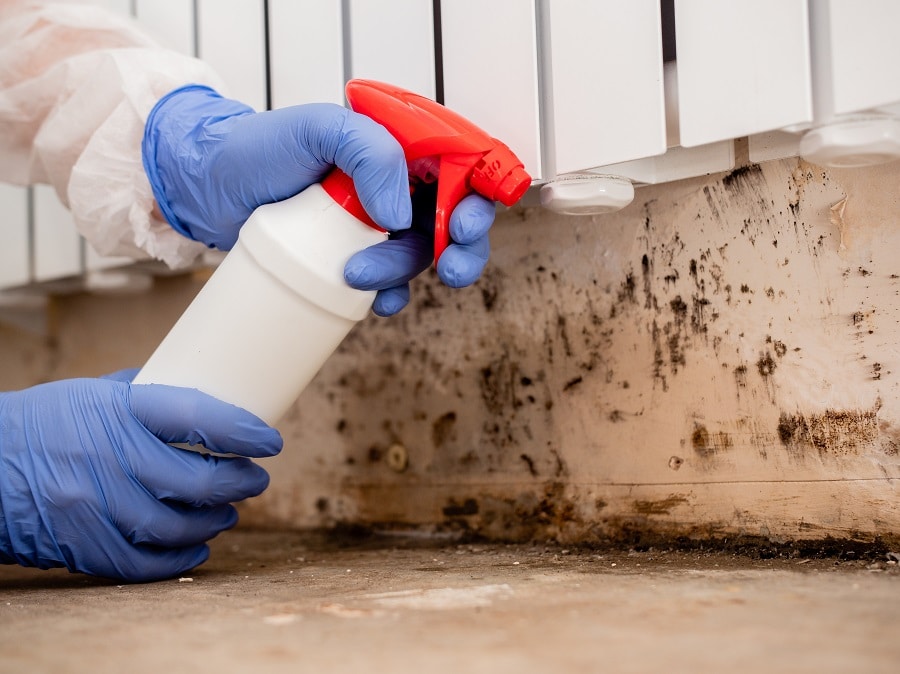When we consider any building, regardless of its age, any timber decay within the building is often caused by rot. Wood rot manifests in two common forms: dry and wet rot, with both being (brought on by) a result of fungal decay in building timbers.
What is Wet Rot?
Wet rot refers to a parasite known to thrive in wet timber. It distorts the timber, making it swell and separating the fibres, which eventually leads to crumbling and loss of strength in the structure. Wet rot causes wood decay and loss of structural integrity, making the timber disintegrate. Incessant contact with sources of moisture is the primary cause of wet rot in structural wood. This could be from the ‘wet’ side of the structure, through faulty plumbing or penetrating damp. Wet rot is fungi, it spreads to timbers close-by and causes damage.
Our Guarantee
- upto 30 year guarantee
- customer focused team
- 20 years combined experience
- portfolio of satified customers
- attention to detail
- Construction line accreditation
- public liability insurance
- CHAS accreditation
What is the Difference Between Dry Rot and Wet Rot?
Dry rot causes more and faster damage to structural timber as it spreads and consumes structural wood within a property. The wet rot fungus, on the other hand, is more common but typically less serious, usually restricting the decay to where the timber becomes and remains wet. In the absence of obvious fungus, we can differentiate Wet Rot from the Dry Rot by observing the differences in the timber colour and the type/size of cracking seen on the timber with the progression of either type of rot.
What causes Wet Rot?
Certain environmental conditions are behind the development of wet rot spores. Moist timber is the main cause of Wet Rot. Moisture expedites the progression of wet rot fungi. In these cases, the timber starts to show visible signs of decay.
The Dangers of Wet Rot in Crowborough
Wet rot is a serious problem. It can cause irreparable damage to your home and reduce its value. Wet rot must be treated immediately it is noticed, or it will spread throughout your home. A survey conducted on 2,038 property owners in London asked if they had ever had to deal with wet rot, where the affected area was, and if they were able to successfully prevent a recurrence.
The results were shocking – more than 20% of homeowners experienced wet rot in some form. Wet rot destroys timber flooring and can make the building structurally unsafe. Apart from the costly repair work, it could go even further by devaluing your property. Most insurance providers will not offer policies to buildings with clear signs of moisture ingress or damp buildup.

What are the Warning Signs of Wet Rot?
Signs of wet rot in timber, or the conditions necessary to accommodate the growth of the fungus, can vary depending on the cause and type of moisture it is exposed to. Easy to spot signs include the wallpaper peeling off at the corners, the central heating boiler malfunctions, cookers don’t work properly, and/or a musty smell is present. Some common locations for wet rot include underneath the kitchen sink, roof spaces/attics, and along external walls. Wet rot will normally affect older structures which have been constructed with timber frames and not modern species like Meranti and Sapele. Timber from below ground level up to a one-floor level is another prime victim of wet rot. Recognising wet and dry rot is the first step on the road to tackling it. If you have reason to believe that your home has been infested by wet rot, then you should conduct a damp survey at once.
Call Our Sussex Damp Experts team now for quote, consultation and advice:
Call on 01273 257 765.
How and When Should I Look for Wood Rot?
You should comb your home annually to look out for signs of wood rot and damp. The pre-winter weatherproofing period is an excellent time to get this done. You need a flashlight and a screwdriver.
You should check the window siding for signs of discolouration and swelling. Wood rot can be disguised by paint, make sure you poke the siding with the screwdriver to be sure that it is solid. If the wood gives in with pressure and has a spongy texture, then you are dealing with wood rot. Use a powerful flashlight to search for discoloured wood in the attic. Perform the screwdriver test if you find any that matches this description. You need to examine the roof decking’s base, the edge of the attic where the eaves are fashioned out of angled rafters, and the intersection of logs at the rooftop. These are the best locations for wood rot to grow in the attic.
Use the flashlight to examine the wood in the crawl room or basement for discolouration around the border wood plate sitting directly on the concrete wall. Use the screwdriver test wherever necessary. Examine walls and floors for signs of water leaks or discolouration under sinks, around tubs and baths, and the water heater.
How do we identify wet rot?
Recognising wet rot is not always a straightforward or easy task, wet rot is versatile and attacks timber in several forms. Pushing a knife up to the handle into painted timber is an effective way to confirm rot. Our specialist damp proofing experts have years of experience and are trained to look for the following:
- Localised fungal growth on timber
- The soft, spongy feel of timber; the affected area appears darker than the surrounding timber.
- The soft and spongy texture of rotting timber; the affected region often looks darker than the other parts.
- That spongy, soft feel timber gets when affected by wet rot; the affected parts are darker than the other areas.
- The spongy, soft texture of rotten timber; the infested area is darker than the other parts.
- The springy feeling that is an indicator of wet rot; the affected area is often darker than others around it.
- Crumbling of affected dry timber into particles.
- Dry timber crumbling into particles.
- The crumbling of infested timber into dry particles.
- Dried-out timber disintegrating into particles.
- The disintegration of rot-eaten timber into particles.
- Shrinking timber
- Bleaching wood in window and door frames
- Flaky or damaged paint
- A musty, damp smell
What to Do After You Detect Wet Rot?
It’s important to get a damp expert to tackle wet rot and cut off the source of moisture; this helps prevent recurring issues. For more help on wet rot treatment, Sussex Damp Experts can help! Reach us on 01273 257 765 today.
Wet Rot and Damp Proofing in Crowborough

If you need help with Wet Rot or Damp Proofing you are in the right place. Call us immediately you spot any indication of damp or wet rot in timber around the house. By helping you fix the problem, you can save money on expensive repairs and also minimise the health risks attached to letting the decay progress unimpeded. Our professional surveyors will identify the root of the issue and recommend ways to eliminate it.
Timber damp proofing, not to be confused with cosmetic treatment, refers to a maintenance strategy intended to protect the timber from decay. You can protect the timber from damage.
Surface treatments are not reliable; they always fail and end up intensifying the issue. The only available solutions include covering the surfaces using membranes, treating or replacing the timber. If you want to speak to our experts for further information on wet rot treatment, call 01273 257 765 today and let Sussex Damp Experts help.
Wet Rot Treatment Specialists in Crowborough
With more than 20 years of experience, we are one of Crowborough’s leading wet rot specialists; offering site surveys and cost estimates at no charge to private and commercial property owners. Our damp proofing and wet rot experts will visit your property, identify any signs of water ingress or wet rot and advise you on the best course of action. Our experts use advanced methods to detect and treat various forms of rot in properties.
Wet Rot Treatment in Crowborough
Wet rot commonly attacks areas that remain damp due to constant exposure to moisture. However, we don’t just deal with the affected area alone during treatment, we consider the source as well. We identify how the timber gets in contact with moisture and block it against future occurrences. Wet rot treatment should be handled by professionals who understand the process and can provide lasting solutions. Delay in treatment results in pricey repair work down the line. The best thing to do when you notice signs of wet rot or damp is to call experts such as Sussex Damp Experts for help.

We have the skills to get rid of wet rot. Sussex Damp Experts is always willing to help, we quickly assess the source of the moisture and which areas suffered damage. Don’t wait till the timber starts falling off, call 01273 257 765 today or fill our contact form and we will reach out to you.
Our Wet Rot Treatment Process in Crowborough
The more you delay starting treatment, the worse the situation becomes. If you notice the presence of fungal rot at the early stages, treatment can be narrowed down to a small area. In situations where the rot has advanced across your timber’s breadth, you may need to get replacements for full timber beams or take on major repair work. Treating wet rot involves a series of steps. The treatment process begins with an assessment of the source of the problem and eliminating exposure of the timber to moisture. If there is water leakage in your home that affects the timber, we identify the source and apply corrective measures. Inexperienced contractors and builders tend to focus on replacing the decayed wood. Chemical Preservatives are then applied to the area in question after replacement. Such an approach is assured of failure. If you harbour the slightest suspicion that you could be facing a wet rot problem in your property, our team at Sussex Damp Experts is ever ready to help you identify, remove and treat it.
What happens to Wet Rot if left untreated?
If you fail to treat wet rot, the structural timber in your property will eventually weaken and, in certain cases, will prove a threat to the safety of residents in the home. The timber gets soft and spongy as rot sets in, this means it will cave in when prodded with a sharp-edged object like a knife or screwdriver. The final result is that the timber becomes less structurally sound, and the worst-case scenario could see your building condemned if it continues to spread. Call Sussex Damp Experts 01273 257 765 and discuss your project with one of our wet rot treatment experts today.
What is the cost of Wet Rot Treatment in Crowborough?
Rot can have a devastating effect on any property. Repair and damp proofing costs will be different for each project based on the type and level of damage inflicted on the wood. However, don’t let it deter you. Our wet rot treatment services in Crowborough come at an affordable cost. We are dedicated to providing the right solutions to help you keep your home rot-free.
How to prevent wet rot?
At all times, wood should be kept dry to avoid cases of rot. You can also apply wood hardeners to protect the timber from the effects of rot. The wood becomes more resistant to moisture when coated with the hardener. Areas of a building that are most vulnerable to damp include window boxes and sills, and timbers that haven’t passed through damp proofing treatment such as fungicide and sealant applications but still touch stonework.
Talk to Our Wet Rot Treatment Experts Today!
If you want to speak to our experts for further information on wet rot treatment, call 01273 257 765 today and let Sussex Damp Experts help.
FAQ
Is wet rot smelly?
Is Wet Rot Capable of Spreading?
Can Wet Rot Cause Health Problems?
Is there a DIY treatment solution?




